| Availability: | |
|---|---|
| Quantity: | |
| Product Name | silicone coated neodymium magnets |
| Material | Neodymium (Nd), Iron (Fe), and Boron (B) |
| Size | Customized size |
| Shape | Customized (block,Disc,Cylinder, Bar, Ring,Arc,Countersunk, Segment, hook) |
| Coating | Customised (Ni, Zn, Epoxy, Gold, etc.) |
| Size tolerance | ±0.05mm for diamater / thickness, ±0.1mm for width / length |
| Density | 8.2-7.2g/cm³ |
| Magnetization | Thickness Magnetized, Axially Magnetized, Diametrally Magnetized |
| Applications | Neodymium(NdFeB) Magnet are widely used in many fields, such as motors, sensors,microphones, wind turbines, wind generators,printer, switchboard, packing box , loudspeakers, magnetic separation, magnetic hooks, magnetic holder, magnetic chuck, ect. |
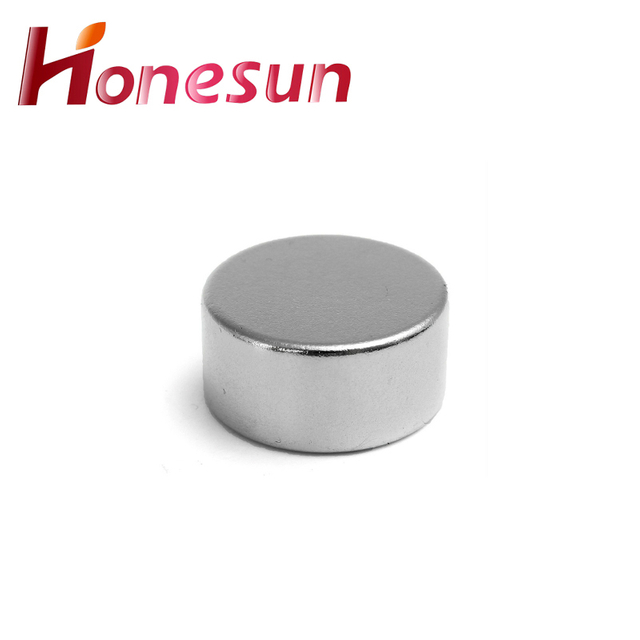
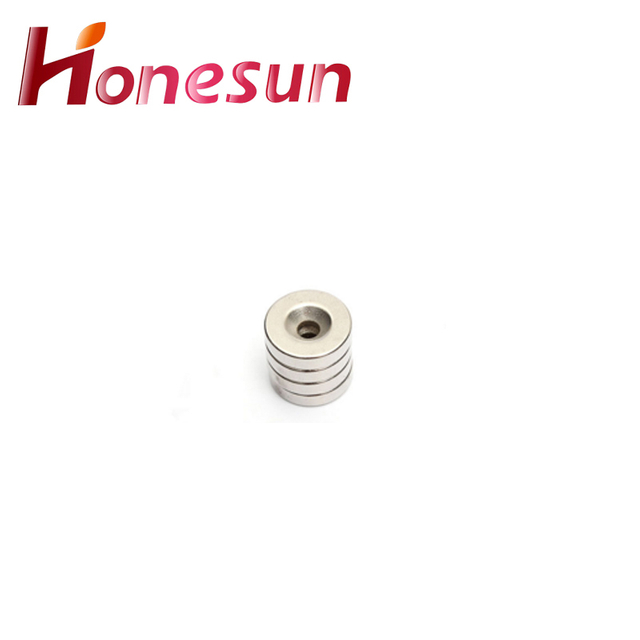
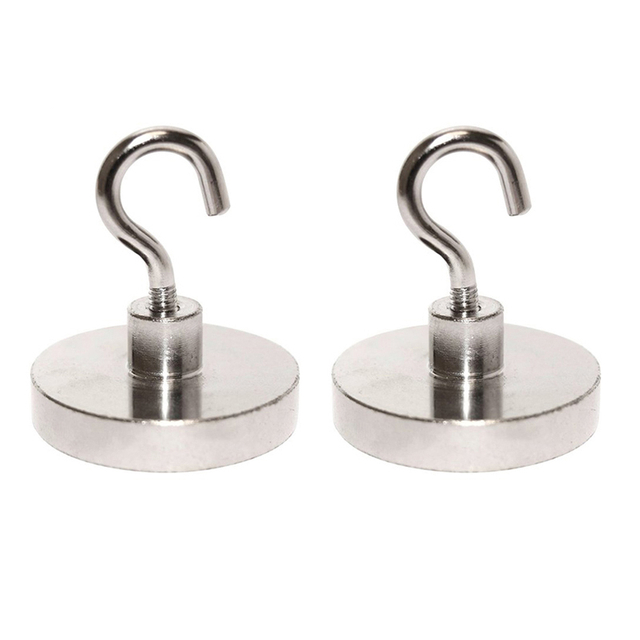
1.About silicone coated neodymium magnets R&D capabilities
Neodymium magnets are a type of rare earth magnet that is composed of an alloy of neodymium, iron, and boron. They are the strongest type of permanent magnet available and are used in a wide range of applications, from consumer electronics to industrial machinery. Neodymium magnets are highly resistant to demagnetization and have a high coercivity, making them ideal for applications that require a strong magnetic field. Neodymium magnets are typically produced through a process of powder metallurgy, which involves mixing the alloy components together and then pressing them into a mold. The resulting magnets are then heat-treated to increase their coercivity and strength. Research and development of neodymium magnets is ongoing, with new alloys and manufacturing processes being developed to improve the performance of these magnets. Research is also being conducted into new applications for neodymium magnets, such as in medical imaging and renewable energy technologies.
2.About silicone coated neodymium magnets customization services
Neodymium magnets are a type of rare earth magnet that is made from an alloy of neodymium, iron, and boron. They are the strongest type of permanent magnet available and are used in a variety of applications, from consumer electronics to industrial machinery. Neodymium magnets can be customized to meet specific requirements, such as size, shape, and strength. Customization services can include machining, coating, and assembly. Customized neodymium magnets can be used in a variety of applications, including motors, sensors, and medical devices.

3.How do silicone coated neodymium magnets contribute to sustainable energy?
We operate our silicone coated neodymium magnets business with integrity and honesty. Neodymium magnets are used in a variety of renewable energy technologies, such as wind turbines, solar panels, and electric vehicles. They are used to generate electricity from wind and solar energy, and to power electric vehicles. Neodymium magnets are also used in the motors of hybrid and electric vehicles, which helps to reduce emissions and improve fuel efficiency. Additionally, neodymium magnets are used in the production of energy-efficient lighting, such as LED lights, which helps to reduce energy consumption.
4.How are silicone coated neodymium magnets used in medicine?
We have established long-term and stable partnerships with our suppliers, so we have great advantages in price and cost and quality assurance. Neodymium magnets are used in medicine for a variety of purposes. They are used in Magnetic Resonance Imaging (MRI) machines to create a strong magnetic field that can be used to create detailed images of the body. They are also used in Magnetic Resonance Angiography (MRA) to create images of blood vessels. Neodymium magnets are also used in Magnetic Particle Imaging (MPI) to detect and image magnetic particles in the body. Finally, they are used in Magnetic Hyperthermia Therapy (MHT) to heat up cancerous cells and destroy them.
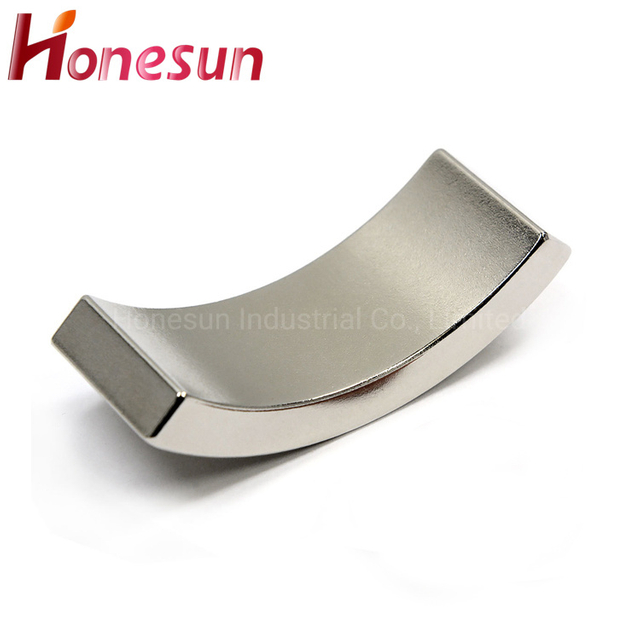
5.Can silicone coated neodymium magnets damage credit cards or electronic devices?
Being one of the top silicone coated neodymium magnets manufacturers in China, We attach great importance to this detail. No, neodymium magnets will not damage credit cards or electronic devices. However, it is important to keep in mind that neodymium magnets are very powerful and can cause damage to other magnetic materials, such as hard drives, speakers, and other electronic components. Therefore, it is important to keep neodymium magnets away from any electronic devices.
6.Can silicone coated neodymium magnets be custom-made for specific applications?
Yes, neodymium magnets can be custom-made for specific applications. Depending on the application, the size, shape, and strength of the magnet can be tailored to meet the specific requirements.
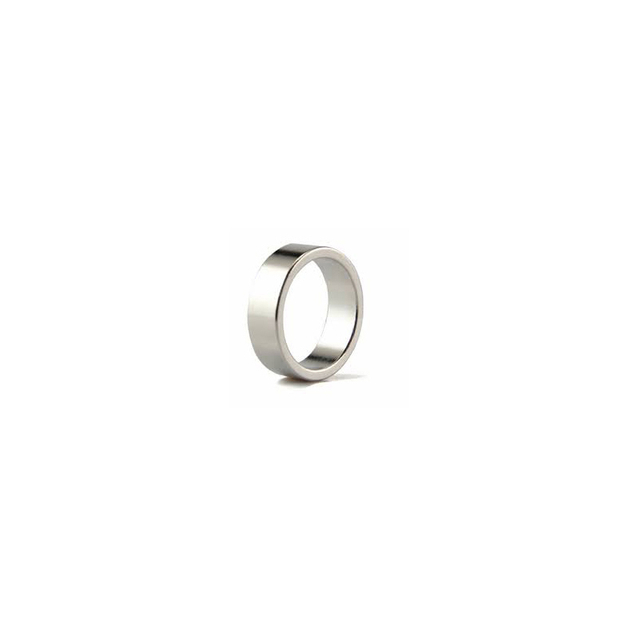
7.How do you recycle silicone coated neodymium magnets?
We focus on our customers' needs and strive to meet their expectations, so we take this very seriously. Neodymium magnets are not typically recycled, as they are made from rare earth metals and are difficult to separate and process. It is best to reuse them or donate them to a local school or organization that can use them.
8.Can silicone coated neodymium magnets be used in high-temperature environments?
Our silicone coated neodymium magnets products undergo strict quality control to ensure customer satisfaction. No, neodymium magnets are not suitable for use in high-temperature environments. They can become permanently demagnetized if exposed to temperatures above their Curie temperature, which is typically around 80-200°C (176-392°F).
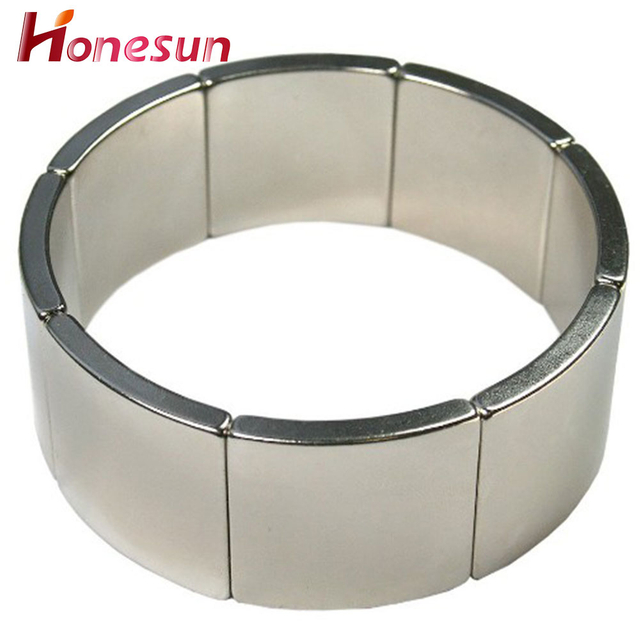
9.Are silicone coated neodymium magnets expensive?
Our company has many years of silicone coated neodymium magnets experience and expertise. Neodymium magnets are not particularly expensive, but they can be more expensive than other types of magnets. The cost of neodymium magnets depends on the size, shape, and grade of the magnet.
10.How do silicone coated neodymium magnets contribute to renewable energy sources?
Neodymium magnets are used in many renewable energy sources, such as wind turbines and solar panels. They are used to generate electricity from the rotation of the turbine blades or the movement of the sun’s rays. Neodymium magnets are also used in electric motors, which are used to power electric vehicles. Additionally, they are used in generators to convert mechanical energy into electrical energy.

11.What advancements are being made in the recycling of silicone coated neodymium magnets?
Recent advancements in the recycling of neodymium magnets include the development of new technologies that allow for the separation of neodymium from other metals in the magnet, such as iron and cobalt. This allows for the recovery of the neodymium for reuse in new magnets. Additionally, new methods of recycling neodymium magnets have been developed that involve crushing the magnets into a powder and then separating the neodymium from the other metals. This powder can then be used to create new magnets.
12.How do silicone coated neodymium magnets contribute to the transportation industry?
Neodymium magnets are used in a variety of transportation applications, including electric motors, generators, and brakes. They are used in electric vehicles to help reduce the weight of the vehicle and improve its efficiency. They are also used in hybrid and electric vehicles to help reduce the amount of energy needed to power the vehicle. Additionally, neodymium magnets are used in magnetic levitation trains, which use magnetic fields to lift and propel the train.
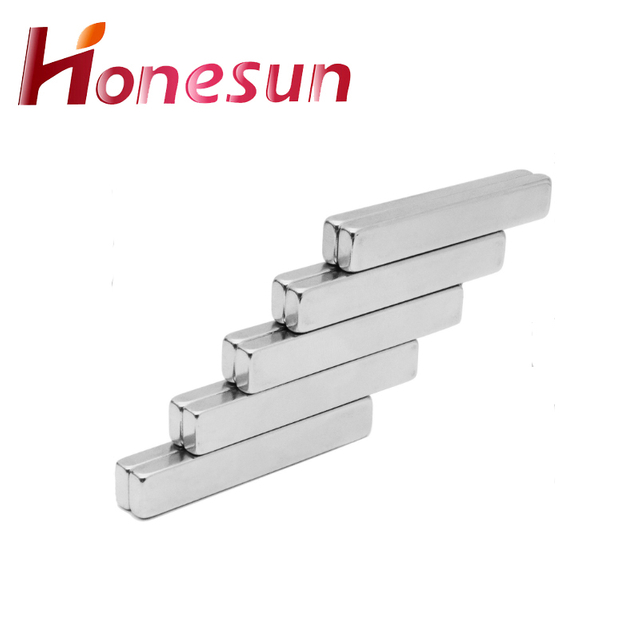
13.What are the environmental impacts of mining Neodymium for magnets?
The environmental impacts of mining neodymium for magnets can include air and water pollution, land degradation, and the destruction of habitats. Mining neodymium can also lead to the release of hazardous chemicals, such as sulfur dioxide, nitrogen oxides, and carbon dioxide, into the atmosphere. Additionally, the mining process can cause soil erosion, which can lead to the destruction of vegetation and wildlife habitats. Finally, the mining process can also lead to the release of radioactive materials, which can be hazardous to human health.
14.How do you store silicone coated neodymium magnets?
Neodymium magnets should be stored in a dry, temperature-controlled environment away from other magnets or magnetic materials. They should also be stored away from moisture, heat, and direct sunlight. It is also important to keep them away from any ferrous materials, as these can cause the magnets to become magnetized and attract each other.

| Product Name | silicone coated neodymium magnets |
| Material | Neodymium (Nd), Iron (Fe), and Boron (B) |
| Size | Customized size |
| Shape | Customized (block,Disc,Cylinder, Bar, Ring,Arc,Countersunk, Segment, hook) |
| Coating | Customised (Ni, Zn, Epoxy, Gold, etc.) |
| Size tolerance | ±0.05mm for diamater / thickness, ±0.1mm for width / length |
| Density | 8.2-7.2g/cm³ |
| Magnetization | Thickness Magnetized, Axially Magnetized, Diametrally Magnetized |
| Applications | Neodymium(NdFeB) Magnet are widely used in many fields, such as motors, sensors,microphones, wind turbines, wind generators,printer, switchboard, packing box , loudspeakers, magnetic separation, magnetic hooks, magnetic holder, magnetic chuck, ect. |



1.About silicone coated neodymium magnets R&D capabilities
Neodymium magnets are a type of rare earth magnet that is composed of an alloy of neodymium, iron, and boron. They are the strongest type of permanent magnet available and are used in a wide range of applications, from consumer electronics to industrial machinery. Neodymium magnets are highly resistant to demagnetization and have a high coercivity, making them ideal for applications that require a strong magnetic field. Neodymium magnets are typically produced through a process of powder metallurgy, which involves mixing the alloy components together and then pressing them into a mold. The resulting magnets are then heat-treated to increase their coercivity and strength. Research and development of neodymium magnets is ongoing, with new alloys and manufacturing processes being developed to improve the performance of these magnets. Research is also being conducted into new applications for neodymium magnets, such as in medical imaging and renewable energy technologies.
2.About silicone coated neodymium magnets customization services
Neodymium magnets are a type of rare earth magnet that is made from an alloy of neodymium, iron, and boron. They are the strongest type of permanent magnet available and are used in a variety of applications, from consumer electronics to industrial machinery. Neodymium magnets can be customized to meet specific requirements, such as size, shape, and strength. Customization services can include machining, coating, and assembly. Customized neodymium magnets can be used in a variety of applications, including motors, sensors, and medical devices.

3.How do silicone coated neodymium magnets contribute to sustainable energy?
We operate our silicone coated neodymium magnets business with integrity and honesty. Neodymium magnets are used in a variety of renewable energy technologies, such as wind turbines, solar panels, and electric vehicles. They are used to generate electricity from wind and solar energy, and to power electric vehicles. Neodymium magnets are also used in the motors of hybrid and electric vehicles, which helps to reduce emissions and improve fuel efficiency. Additionally, neodymium magnets are used in the production of energy-efficient lighting, such as LED lights, which helps to reduce energy consumption.
4.How are silicone coated neodymium magnets used in medicine?
We have established long-term and stable partnerships with our suppliers, so we have great advantages in price and cost and quality assurance. Neodymium magnets are used in medicine for a variety of purposes. They are used in Magnetic Resonance Imaging (MRI) machines to create a strong magnetic field that can be used to create detailed images of the body. They are also used in Magnetic Resonance Angiography (MRA) to create images of blood vessels. Neodymium magnets are also used in Magnetic Particle Imaging (MPI) to detect and image magnetic particles in the body. Finally, they are used in Magnetic Hyperthermia Therapy (MHT) to heat up cancerous cells and destroy them.

5.Can silicone coated neodymium magnets damage credit cards or electronic devices?
Being one of the top silicone coated neodymium magnets manufacturers in China, We attach great importance to this detail. No, neodymium magnets will not damage credit cards or electronic devices. However, it is important to keep in mind that neodymium magnets are very powerful and can cause damage to other magnetic materials, such as hard drives, speakers, and other electronic components. Therefore, it is important to keep neodymium magnets away from any electronic devices.
6.Can silicone coated neodymium magnets be custom-made for specific applications?
Yes, neodymium magnets can be custom-made for specific applications. Depending on the application, the size, shape, and strength of the magnet can be tailored to meet the specific requirements.

7.How do you recycle silicone coated neodymium magnets?
We focus on our customers' needs and strive to meet their expectations, so we take this very seriously. Neodymium magnets are not typically recycled, as they are made from rare earth metals and are difficult to separate and process. It is best to reuse them or donate them to a local school or organization that can use them.
8.Can silicone coated neodymium magnets be used in high-temperature environments?
Our silicone coated neodymium magnets products undergo strict quality control to ensure customer satisfaction. No, neodymium magnets are not suitable for use in high-temperature environments. They can become permanently demagnetized if exposed to temperatures above their Curie temperature, which is typically around 80-200°C (176-392°F).

9.Are silicone coated neodymium magnets expensive?
Our company has many years of silicone coated neodymium magnets experience and expertise. Neodymium magnets are not particularly expensive, but they can be more expensive than other types of magnets. The cost of neodymium magnets depends on the size, shape, and grade of the magnet.
10.How do silicone coated neodymium magnets contribute to renewable energy sources?
Neodymium magnets are used in many renewable energy sources, such as wind turbines and solar panels. They are used to generate electricity from the rotation of the turbine blades or the movement of the sun’s rays. Neodymium magnets are also used in electric motors, which are used to power electric vehicles. Additionally, they are used in generators to convert mechanical energy into electrical energy.

11.What advancements are being made in the recycling of silicone coated neodymium magnets?
Recent advancements in the recycling of neodymium magnets include the development of new technologies that allow for the separation of neodymium from other metals in the magnet, such as iron and cobalt. This allows for the recovery of the neodymium for reuse in new magnets. Additionally, new methods of recycling neodymium magnets have been developed that involve crushing the magnets into a powder and then separating the neodymium from the other metals. This powder can then be used to create new magnets.
12.How do silicone coated neodymium magnets contribute to the transportation industry?
Neodymium magnets are used in a variety of transportation applications, including electric motors, generators, and brakes. They are used in electric vehicles to help reduce the weight of the vehicle and improve its efficiency. They are also used in hybrid and electric vehicles to help reduce the amount of energy needed to power the vehicle. Additionally, neodymium magnets are used in magnetic levitation trains, which use magnetic fields to lift and propel the train.

13.What are the environmental impacts of mining Neodymium for magnets?
The environmental impacts of mining neodymium for magnets can include air and water pollution, land degradation, and the destruction of habitats. Mining neodymium can also lead to the release of hazardous chemicals, such as sulfur dioxide, nitrogen oxides, and carbon dioxide, into the atmosphere. Additionally, the mining process can cause soil erosion, which can lead to the destruction of vegetation and wildlife habitats. Finally, the mining process can also lead to the release of radioactive materials, which can be hazardous to human health.
14.How do you store silicone coated neodymium magnets?
Neodymium magnets should be stored in a dry, temperature-controlled environment away from other magnets or magnetic materials. They should also be stored away from moisture, heat, and direct sunlight. It is also important to keep them away from any ferrous materials, as these can cause the magnets to become magnetized and attract each other.

Honesun Industrial Co., Ltd. focuses on designing, researching, developing, manufacturing and selling Magnets and Magnetic Assemblies. With more than 15 years' rich experience and considerate services.we have been recognized as a reliable.



